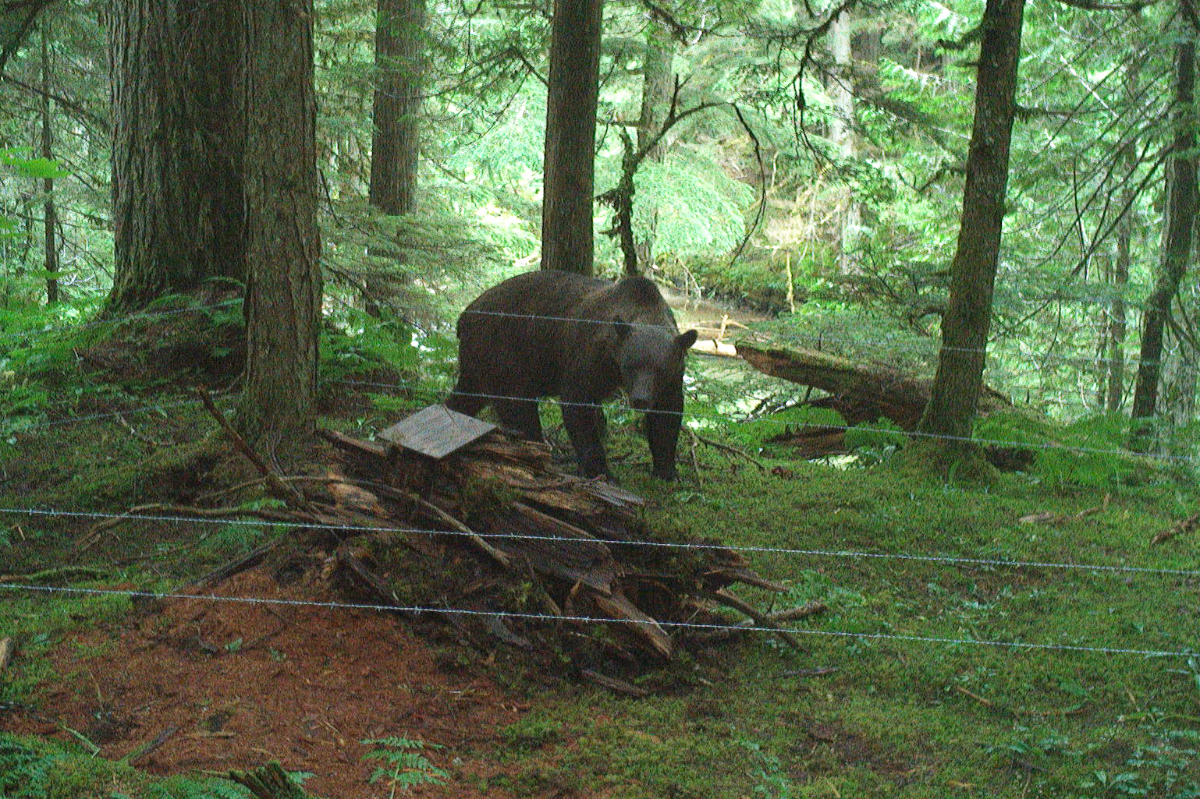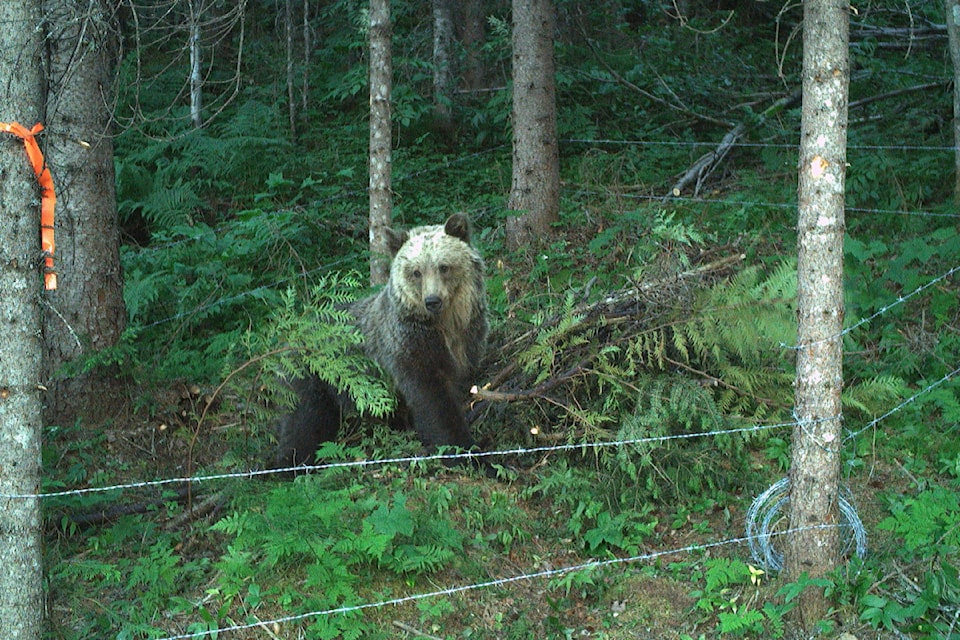A project to build a deeper understanding of grizzly bears in the eastern parts of B.C. with a study taking place in the North Cariboo near the Quesnel Lake north arm and the Mitchell River wrapped up in early November.
The project is being run by the Southern Dakelh Nation Alliance, Lhtako Dene Nation and is being supported by the province's Ministry of Water, Land and Resource Stewardship (MOWLRS).
Pauline Priadka is a wildlife engagement specialist with MOWLRS. She said there is generally a larger focus on studying coastal bears, but eastern bears also depend on salmon and their relationship with the fish is not as well studied.
"They are quite dependent on them and that just makes it more difficult because the salmon have a lot further to travel to get into these interior areas, there's a lot more that can go wrong," she explained. "Last year we had a pretty low salmon run year. The bears have to kind of make do and adapt to those kind of conditions but we really don't know the effects of that as well. So that's another reason we're doing a study that's focusing on these rivers and these bears."
The study is designed to be a non-invasive, genetic-based population density estimate with a focus on rivers and seasonal density because the bears are only using rivers during certain times of the year. "I think that's a key part too, we don't need to capture bears and put collars on them. It's quite a nice way of getting information about bears," Priadka said.
"We're hopefully going to be able to do a population density estimate, but also we're able to get unique genotypes of all the individual bears out there and put together a family tree as well to understand their genetic connectivity with each other," Priadka said.
Should they discover there is more genetic diversity in the bears, it could mean the bears are travelling far away from the region and then back during salmon season.
"If, say we found low genetic diversity there, that could mean there is obstacles in the way for bears getting to these areas," she said. She explained there is a lot of forestry activity in the area that is moving closer to the rivers. "So it's the human disturbance aspect, that can potentially have a huge impact on bear movement and behaviour and bears starting to avoid certain areas or not being able to get to these rivers because of all the activity happening."
She also said recreational activities can affect bears because grizzlies tend to avoid people whenever they can. If human disturbance gets closer to places bears have been relying on for generations they can pushed out of those areas and affect their future survival.
The way they collected samples from bears was through hair snags, which are lines of barbed wire surrounding scent lures that attract bears. In some cases they would lay out the wire low on trails that bears frequently use.

"We've been involving Lhtako Dene and their youth program in this work as well, so they're learning how to set up the sites and kind of how data collection works," Priadka said. Every two weeks they would go to the sites and collect hair to prepare it for study. Once the results come in from the lab, the study will share the results with Lhtako Dene Nation.
Priadka said it was important to include First Nations in the study to help monitor wildlife and spaces important to them with the added advantage of giving training to youth.
"It's meant to provide positive working relationships with both industry and also the B.C. Government, B.C. Parks and First Nations. And it's also federally funded, so it's quite a big collaborative effort to put this work together."
The study started in summer of 2023 where they looked at grizzlies around the Barkerville and Quesnel Highlands areas.
"We don't always just get grizzly bears. We get a ton of different species like we do wolverines sometimes, wolves, a lot of small fur-bearing mammals like martens or fishers especially at the scent lure sites," she said. They also had many black bears visit the site, which Priadka said are much more opportunistic and much less dependent on salmon than grizzlies.
They did collect black bear hair but didn't genotype it in the same way they are doing with grizzly hair, she explained, adding one of the hopes is to figure out if black bears move out once the grizzlies move into the territory.
To support the health of bears, Priadka said being bear aware is one of the biggest things people can do.
"Just be cautious of what attractors you're leaving behind, just trying to avoid bear conflict as much as you can."



